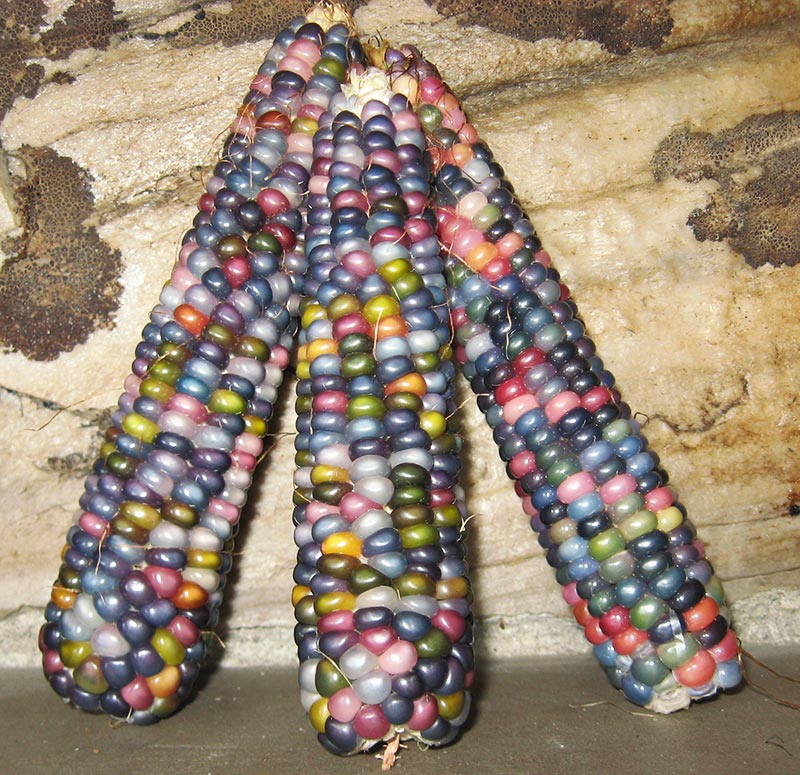
How To Grow Glass Gem Corn
Glass gem corn took the internet by storm a couple years ago, and now everyone wants to grow it. It turns out, corn in general isn’t terribly difficult to grow, it just requires the right conditions. Before we get into it let’s clear something up. This is NOT some GMO franken-corn Monsanto creation. This is REAL food. Just the opposite of GMOs, this is actually an incredible looking heirloom.
The story of Glass Gem corn begins with Carl Barnes, a half Cherokee, half Scottish-Irish farmer living in Oklahoma. According to Native Seeds, Barnes had an uncanny knack for corn breeding and excelled at selecting and saving seeds from cobs that exhibited vivid, translucent colors.
Want to grow it? Here’s how:
Planting
Corn will be killed easily by frost, so you must plant outdoors after the threat of frost has passed. Ideally, the soil should also warm up to 60 degrees before the seeds germinate, so it’s best to wait until these conditions are correct. You don’t want to rush it.
You’ll want to plant your corn in a sunny, wind-protected area. Instead of planting in rows, plant in blocks of 3 deep x 3 wide. This will make pollination easier for the plants.
Sow three seeds together one inch deep in nitrogen rich soil about a foot apart from one another. The seeds will germinate in 7-10 days. Thin plants to one plant per foot. Remove the unwanted seedlings by cutting them off at soil level. Don’t uproot them.
Growing
Your corn is not going to be able to compete with weeds, especially for the first full month of growth, so make sure your beds are totally weed free. Corn needs about one inch of water a week, especially when the stalks begin to tassel. Absolutely don’t allow the plants to get too dry during pollination, otherwise they’ll have missing kernels of corn in the ears.
When the plants are knee-high (probably by the 4th of July), apply a fish-based fertilizer.
Harvesting
About three weeks after corn silk appears, start checking the ears for peak ripeness. Pull back some of the husks and pierce a kernel with your thumbnail. If a milky liquid squirts out, you’re ready to harvest. The remaining ears will be harvest-ready within a few days.
Leave your corn on their stalks to dry until about the first hard frost. After that, they’re ready for decoration or seed storage!
Most importantly, have fun growing your glass gem corn!

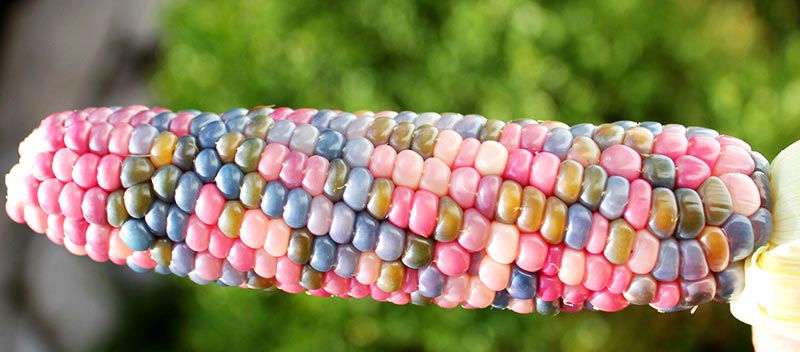

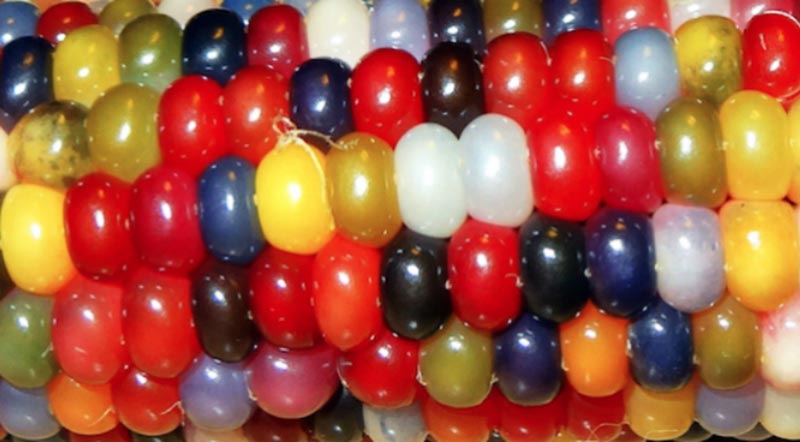
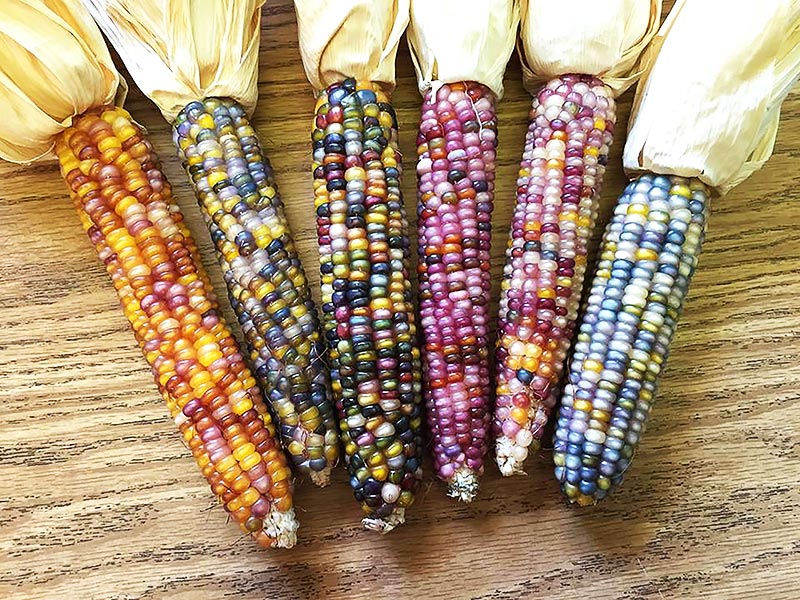

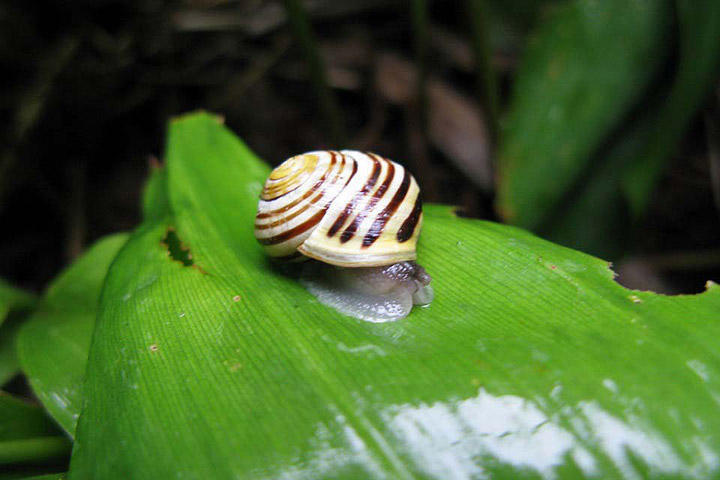
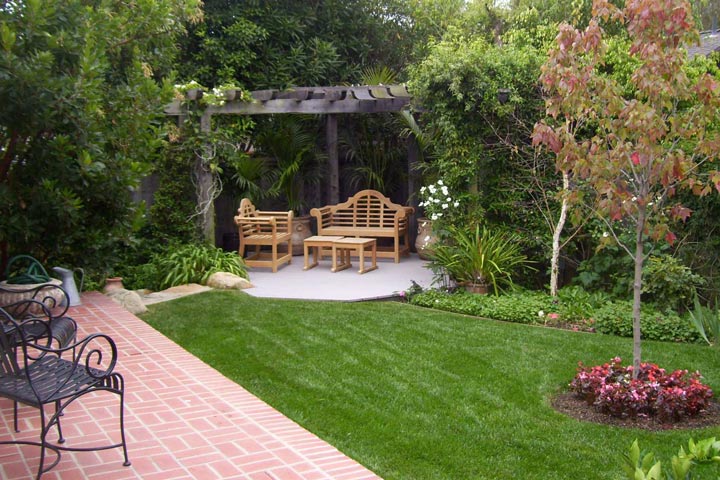
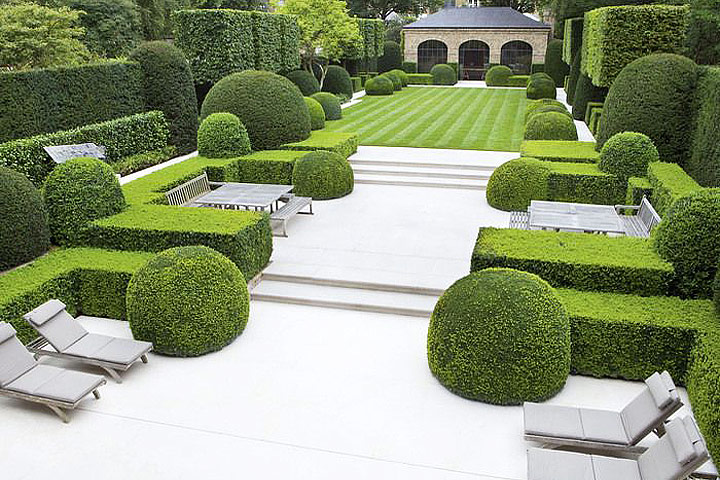
Hi, I would like to buy some seeds for glass gem corn that will give the strong bright translucent corn, where to get this would be appreciated. Is it necessary to have seed from an ear like I want to get what I want? Thanks.
Karen